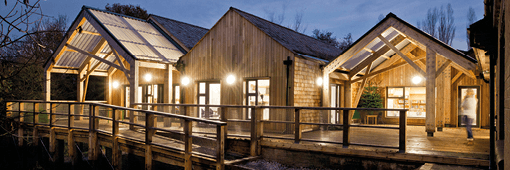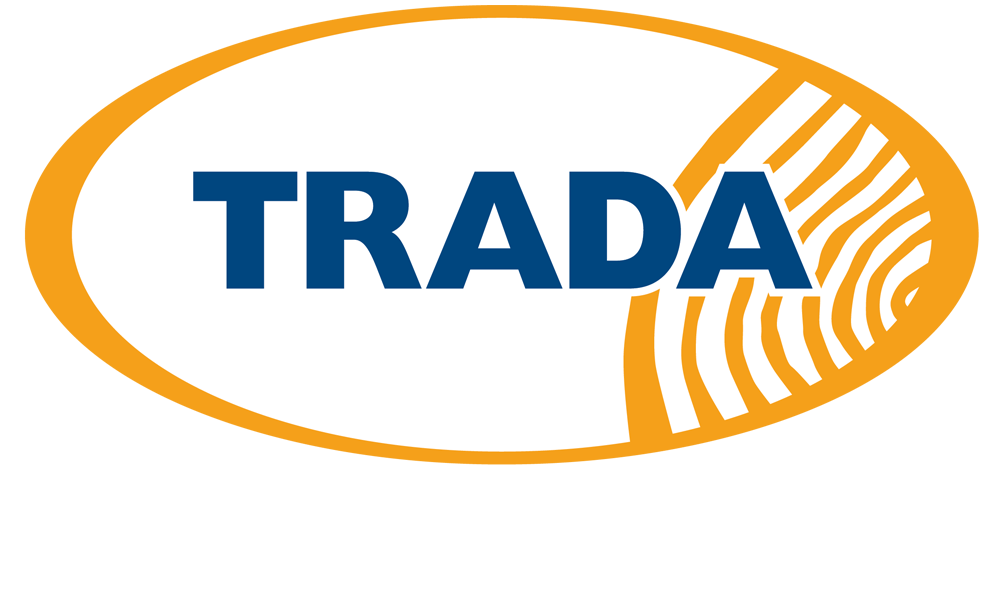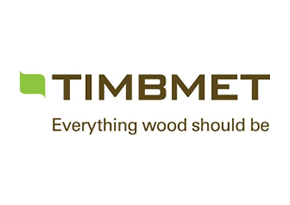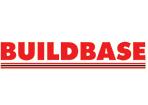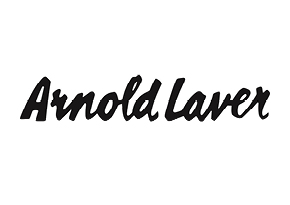Structural Timber Composites Design Guide
In This Series
- Acoustic performance of party floors and walls in timber framed buildings

- House from the rising sun - Lessons from the Japanese housing delivery experience

- Low energy timber frame buildings

- Medium-rise timber frame: A best practice benchmarking guide

- Off-site and modern methods of timber construction: a sustainable approach


Timber itself is a valuable structural material. It can also be combined with other materials, such as adhesives, to form a variety of composite products.
There are a number of reasons for transforming solid timber into such composites, and these include the overcoming of the dimensional limitations of sawn timber, the improvement of performance both in terms of structural properties and stability and also to optimise the use of the resource and to minimise waste.
Broadly speaking, timber composites take two forms:
- Board materials, such as plywoods, chipboards and fibreboards
- Composites produced in structural-sized sections; for use as beams, columns and other structural components - the Structural Timber Composites
This book offers a comprehensive guide to the variety of different types of structural timber composites, as well as some of their potential applications.
A number of the newer composite materials including Laminated veneer lumber (LVL), Parallel strand lumber (PSL) and laminated strand lumber (LSL) are covered in this book. Designing with structural timber composites also outlines the design parameters under BS 5268-2 and Eurocode and provides calculated design examples which compare the procedures under each of the codes.
Contents:
- Structural Timber Composites
- The materials
- Designing with structural timber composites
- Example calculation 1 LVL roof beam
- Example calculation 2 Axially loaded LVL column
